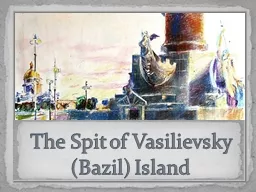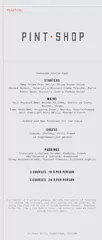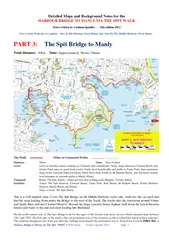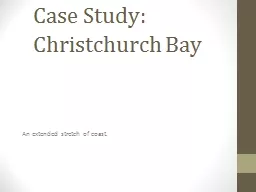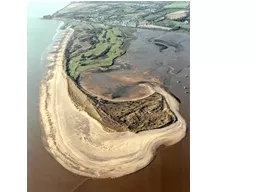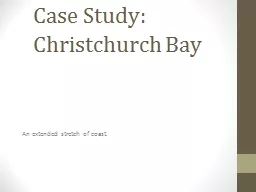PPT-The Spit of
Author : ellena-manuel | Published Date : 2016-06-24
Vasilievsky Bazil Island Peter the 1 st wanted the new capital to become a sea fortress and at the same time a trading port Because of the shoal water the port
Presentation Embed Code
Download Presentation
Download Presentation The PPT/PDF document "The Spit of" is the property of its rightful owner. Permission is granted to download and print the materials on this website for personal, non-commercial use only, and to display it on your personal computer provided you do not modify the materials and that you retain all copyright notices contained in the materials. By downloading content from our website, you accept the terms of this agreement.
The Spit of: Transcript
Download Rules Of Document
"The Spit of"The content belongs to its owner. You may download and print it for personal use, without modification, and keep all copyright notices. By downloading, you agree to these terms.
Related Documents

